Every year residents in the “human-black bear conflict zone” in Southern California dread the arrival of Spring. Hibernating bears emerge with an intense hunger, invading towns like Pine Mountain Club located in the San Emigdio Mountains.
These bears will break into resident’s houses, cars, and well, anything that they can gain access to. Increased urbanization and the destruction of their habitat have led bears’ encounters with humans in the area to become much more frequent.
Pine Mountain Club
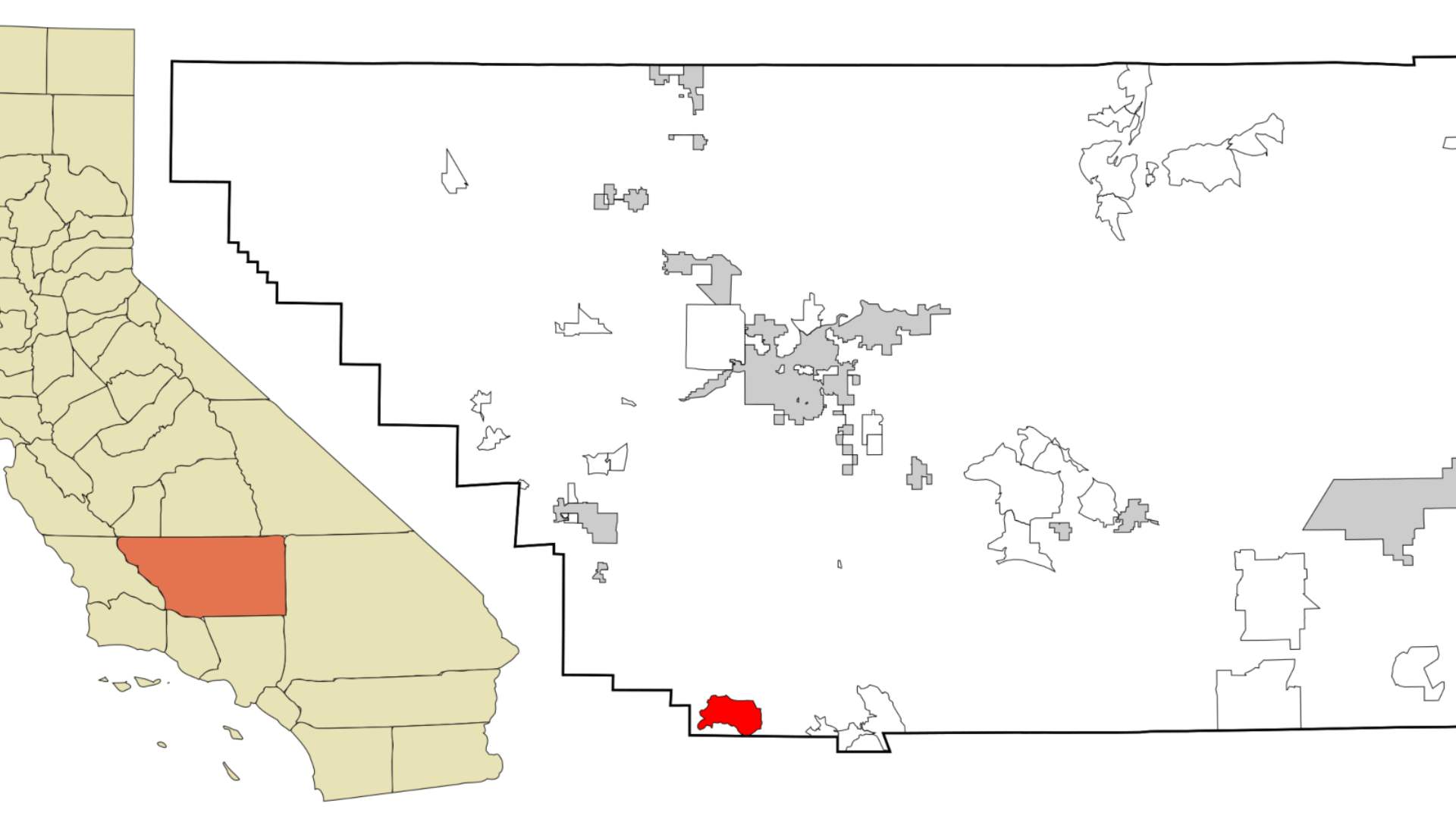
Officials in Pine Mountain Club, a mountain village with a population of around 2,800 residents are worried about the attacks as they seem to get worse each year.
“Bears are a major problem here — and it’s getting worse,” said Patrice Stimpson, the patrol chief of the village. Pine Mountain Club is located just 75 miles north of Los Angeles.
Bear Invasion
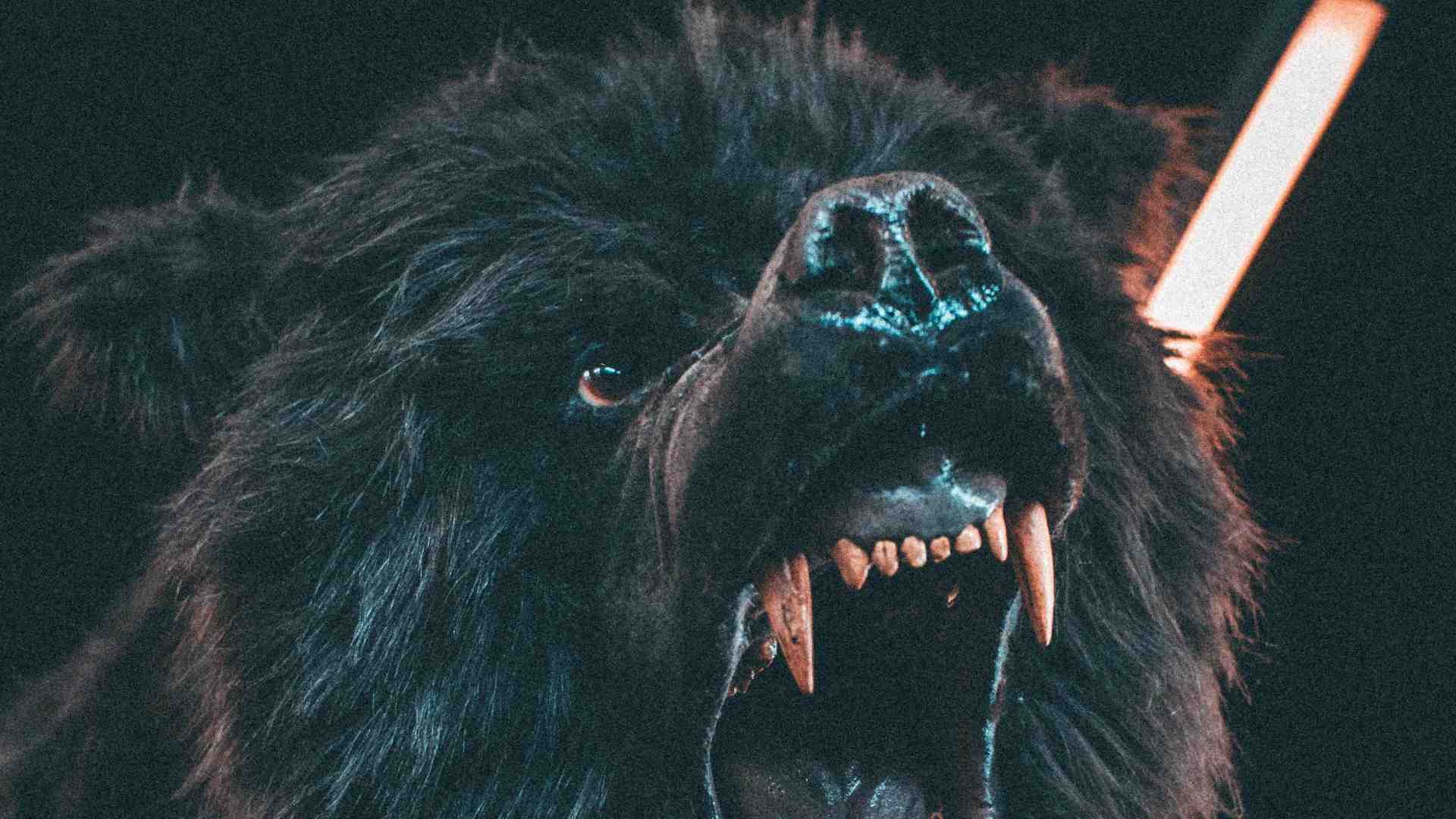
Stimpson cataloged the damage that occurred in the town just last year.
“They’ve caused hundreds of thousands of dollars in property damage,” Stimpson said. “Last year, a house caught fire after a bear climbed onto the gas stove and turned on the burners. A few cars were nearly totaled by bears rummaging for crushed cookies between the seats.”
Human Interaction
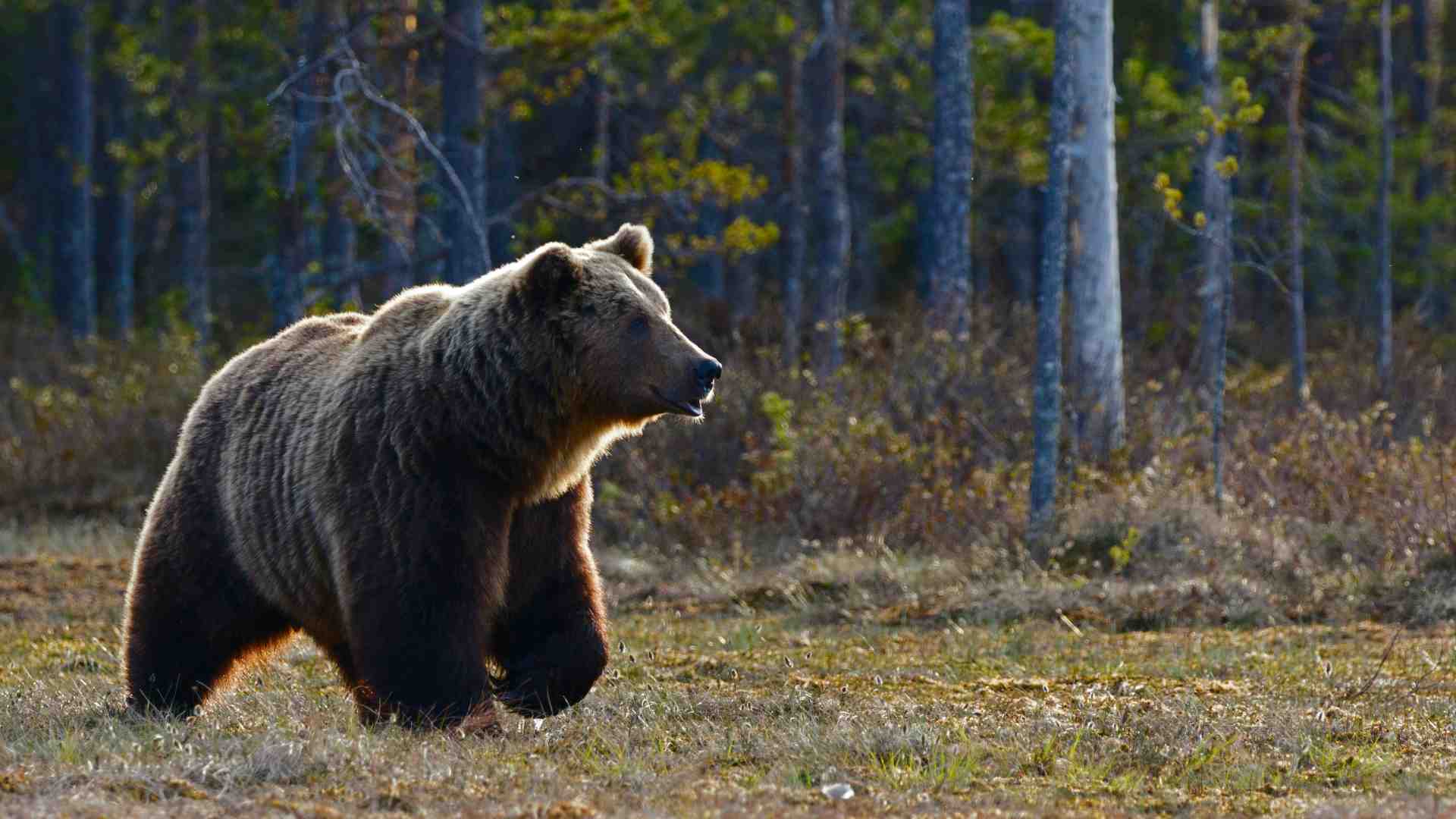
Researchers have noted an increase in interactions between humans and bears since the 1960s, despite numerous wildlife management agency attempts over the years.
Conservation efforts have largely been unable to prevent the bear and human populations from encountering each other more and more as humans increasingly spread out and encroach on bear territory.
Population Increase
While human urban development is leading to a reduction in the bears’ natural habitat, the population of black bears is exploding at the same time. In the 1980s, the black bear population in California was thought to be between 10,000 and 15,000. In the present day, this number has swelled to between 30,000 and 40,000.
Now more bears are competing for dwindling natural resources, forcing them to seek out food-rich human settlements with intensity.
What are Black Bears?
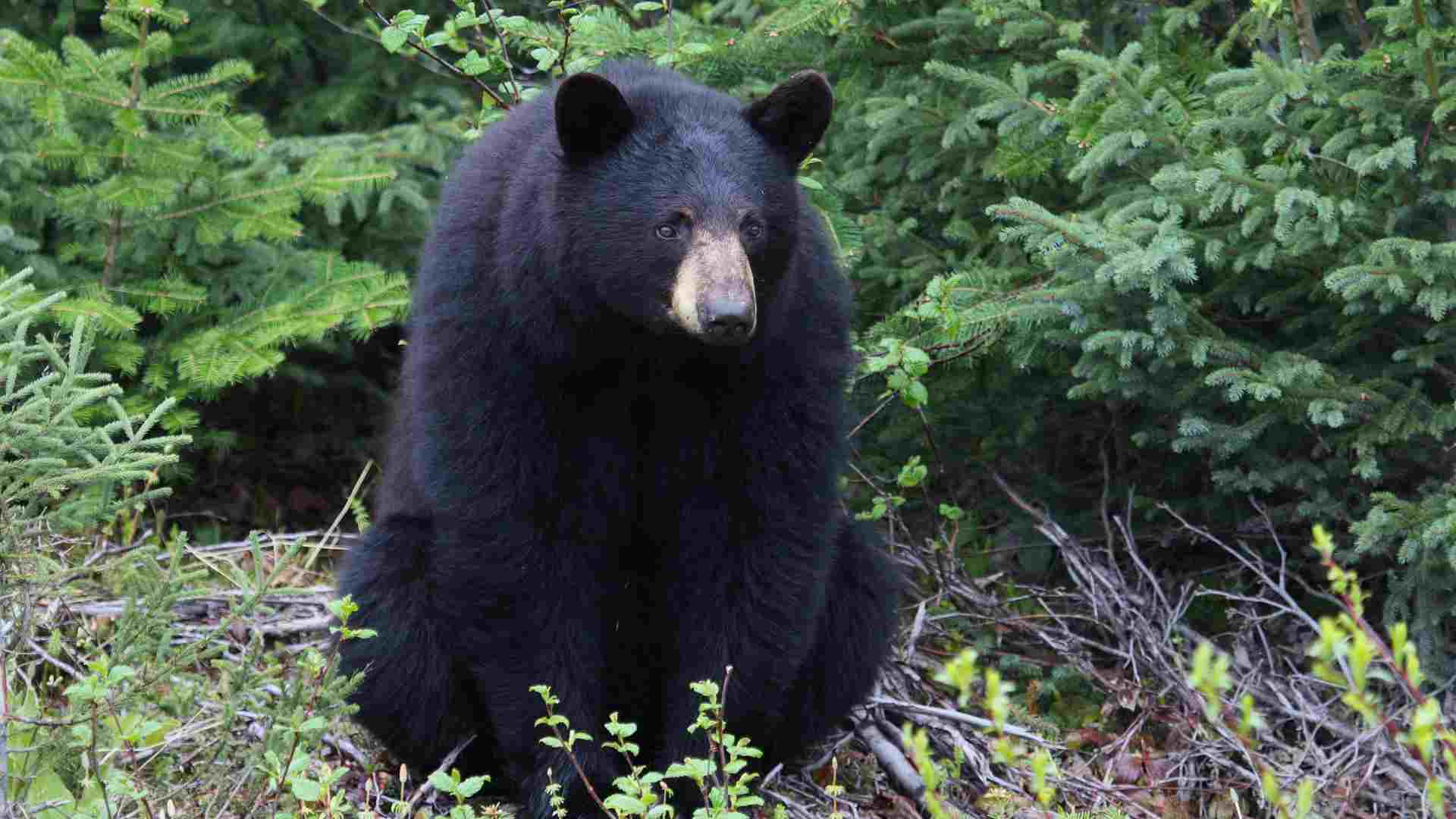
Despite their name, black bears can sometimes be shades of light or dark brown. All wild bears in California fall into the category of “black bears.”
The only brown bears that exist in California are kept as pets or live in zoos. Wild black bears are game animals and the state has a strictly regulated process for hunting them in specific seasons.
History of Black Bear Invasions
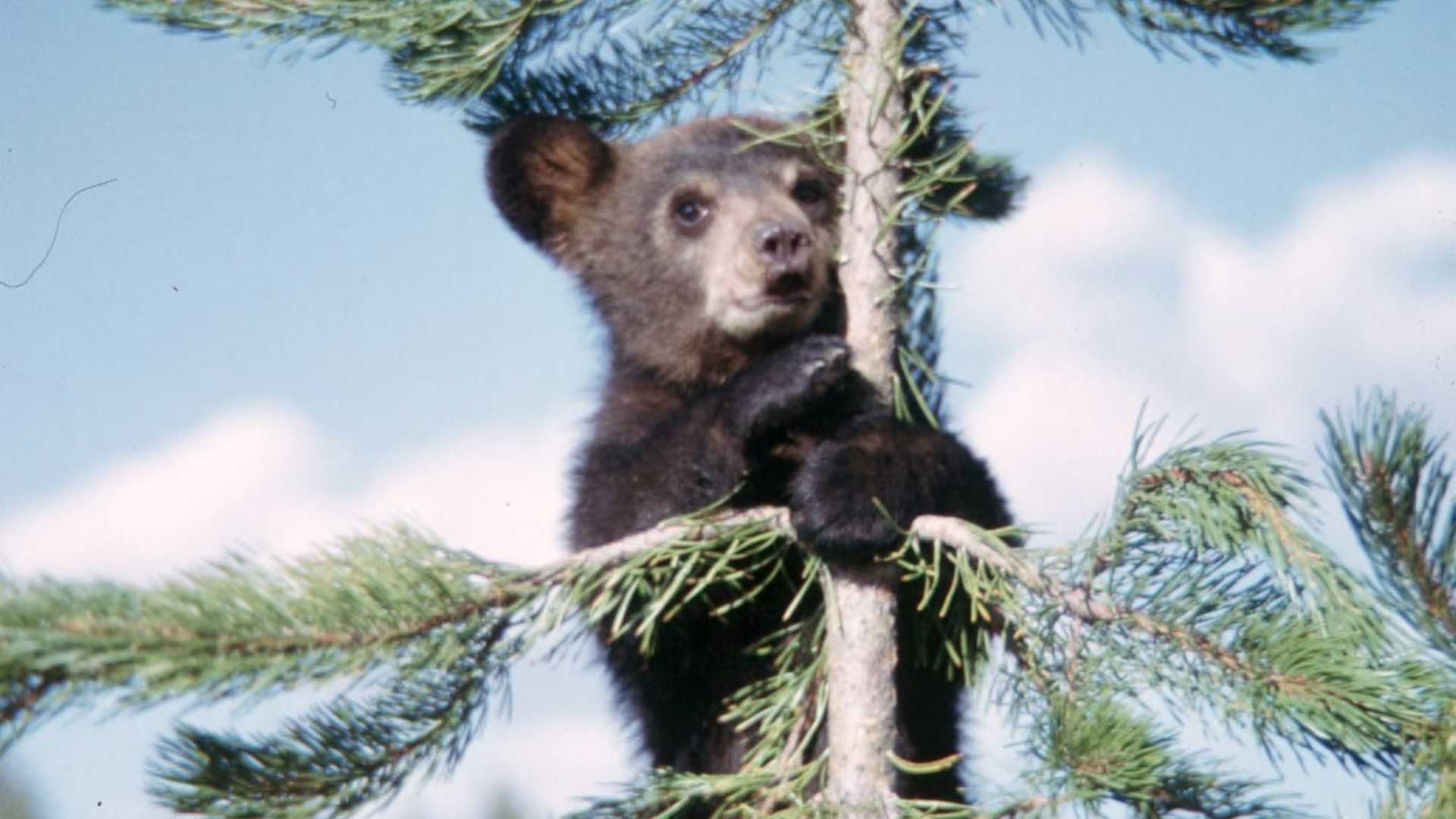
Significant yearly invasions at Pine Mountain Club began about a decade ago when residents started experiencing bear home and automobile break-ins.
Bears have been expanding into more areas of southern California, with reported sightings in places they weren’t roaming 50 years ago. Tourist areas in places like Lake Tahoe and Mammoth Lake are also becoming more inundated with bear encounters.
Record Bear Calls

Residents calling Stimpson’s office at Pine Mountain Club for assistance reached a fever pitch in 2023. Last year calls seeking wildlife assistance reached 563, which is 319 higher than it was in 2022. Bear break-ins have become an enormous source of stress for the community.
“Ninety-nine percent of those calls involved bears,” Stimpson said.
Community Divide
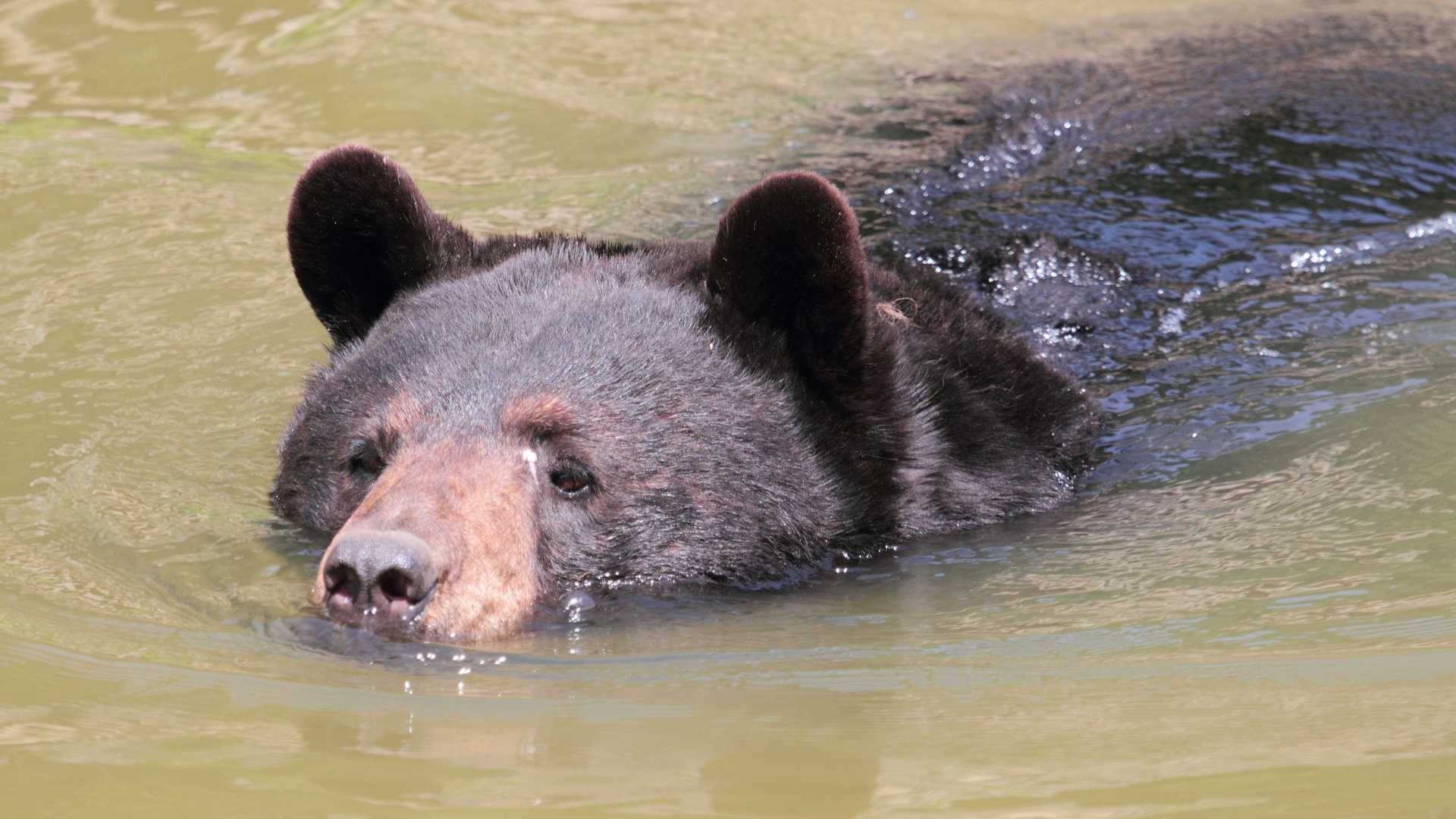
Tensions have created a split in the attitudes of Pine Mountain Club residents. Some want to see the bears exterminated while others want to live in harmony with them. There are some community members who feed the bears, which is illegal to do in California.
“We have too many habituated bears and people who keep feeding them,” said Vicky Kraft, a community activist. “If I had the power to do it, I’d remove the bears — all of them.”
Bear-Loving Residents
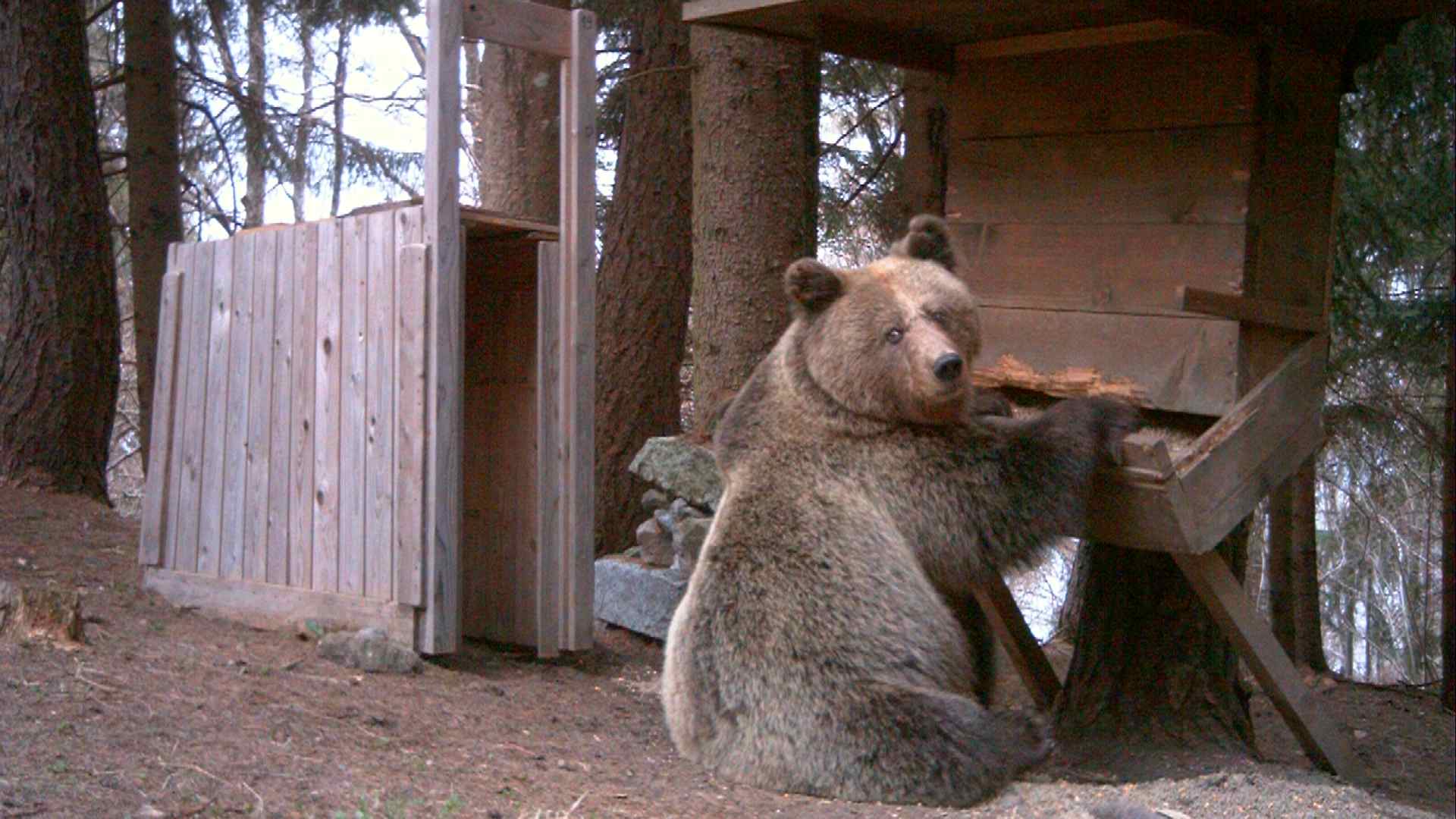
One resident named James Weinstock has made it a daily routine to feed animals in the area, including two bears that he has named Cinnamon and Blackie.
“I love bears; they’re just big puppy dogs,” he said. “Getting along with these critters is the right thing to do. It pleases the Lord.”
Bears Attacks Normally Not Fatal
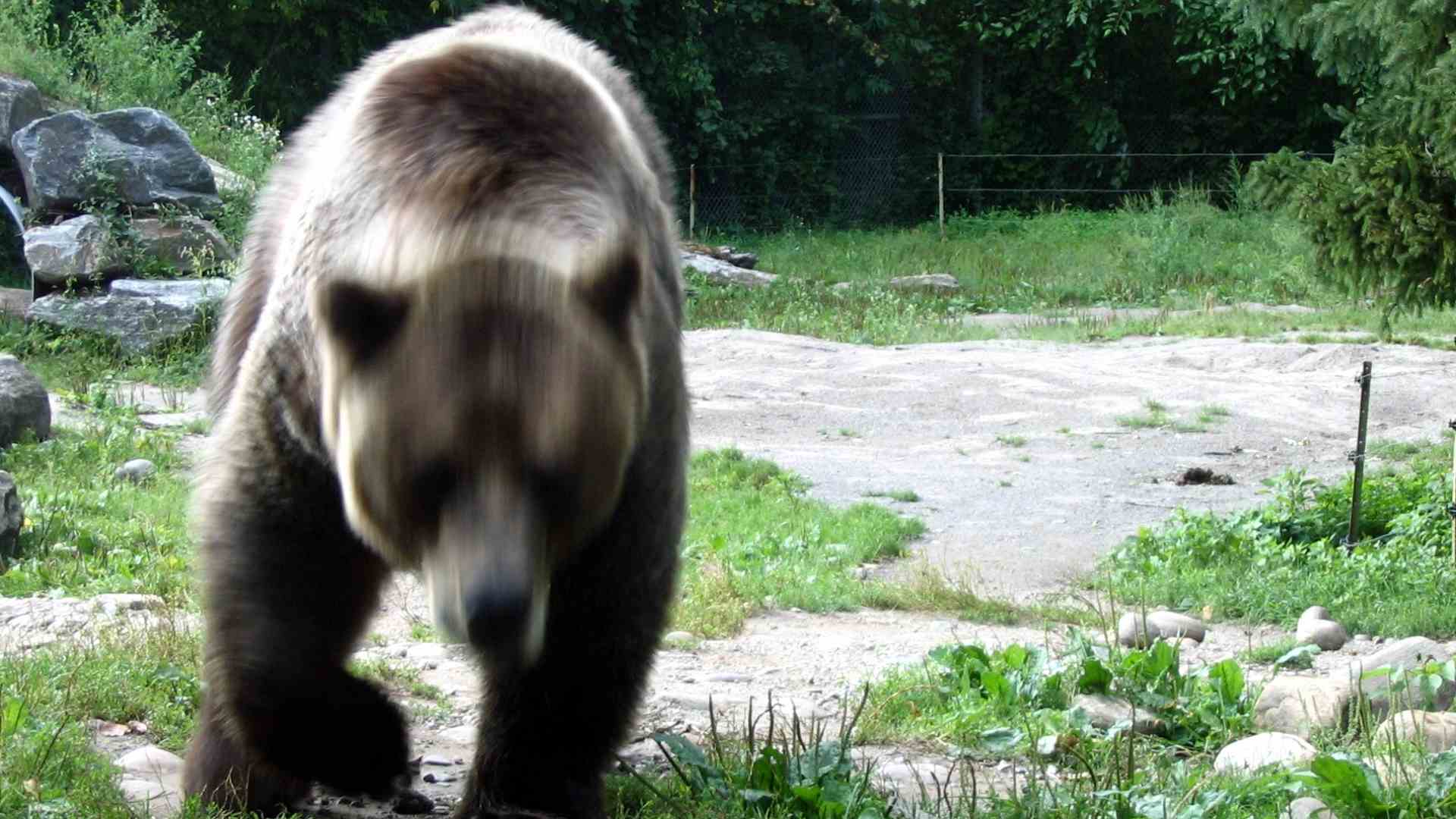
Black bears normally tend to avoid people, with humans dying from bears being an exceedingly rare event in California.
The known last fatal bear attack in California was in 2008 by a captive bear. As far as experts know, a wild bear has not killed a human in the state of California since the 1980s.
Attacks Still Hurt
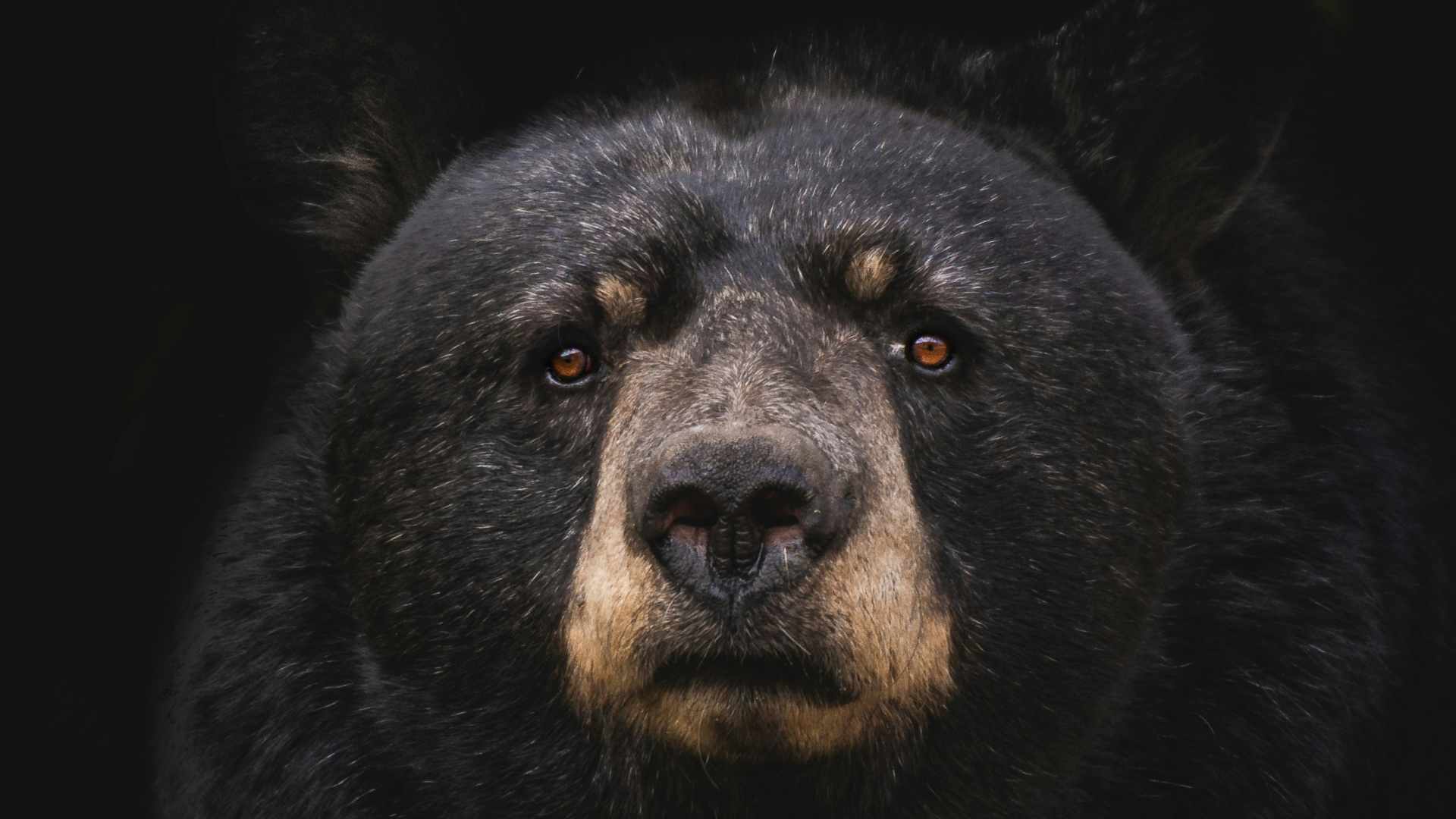
While bear attacks often aren’t fatal, the tension that results from cohabitation can sometimes lead to non-fatal attacks that leave permanent marks. Weinstock described a time when he left his backdoor open and swung at a bear who invaded his home.
“That bear was already eating my lunch when I hit him in the head with a baseball bat,” he recalled. “The bear got up and took a swing at me. It took a lot of skin off my arm.”
